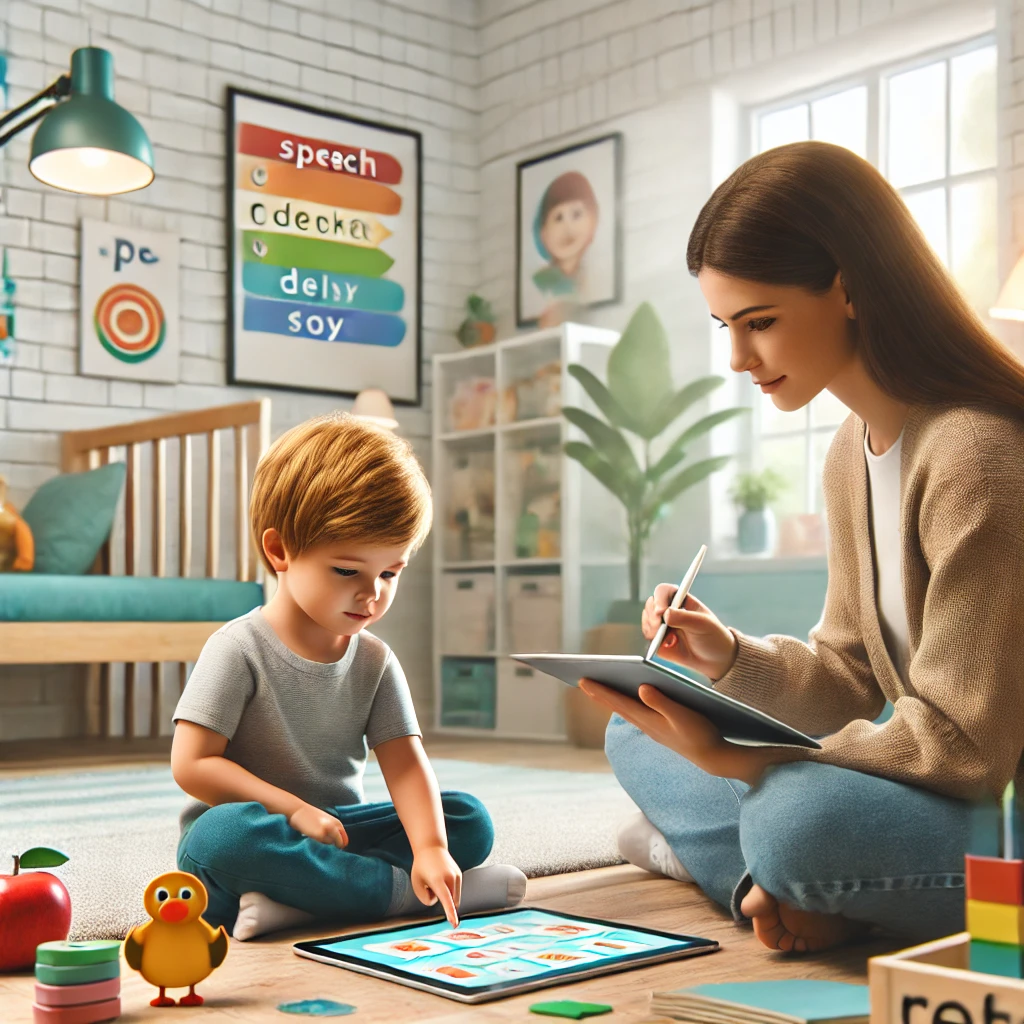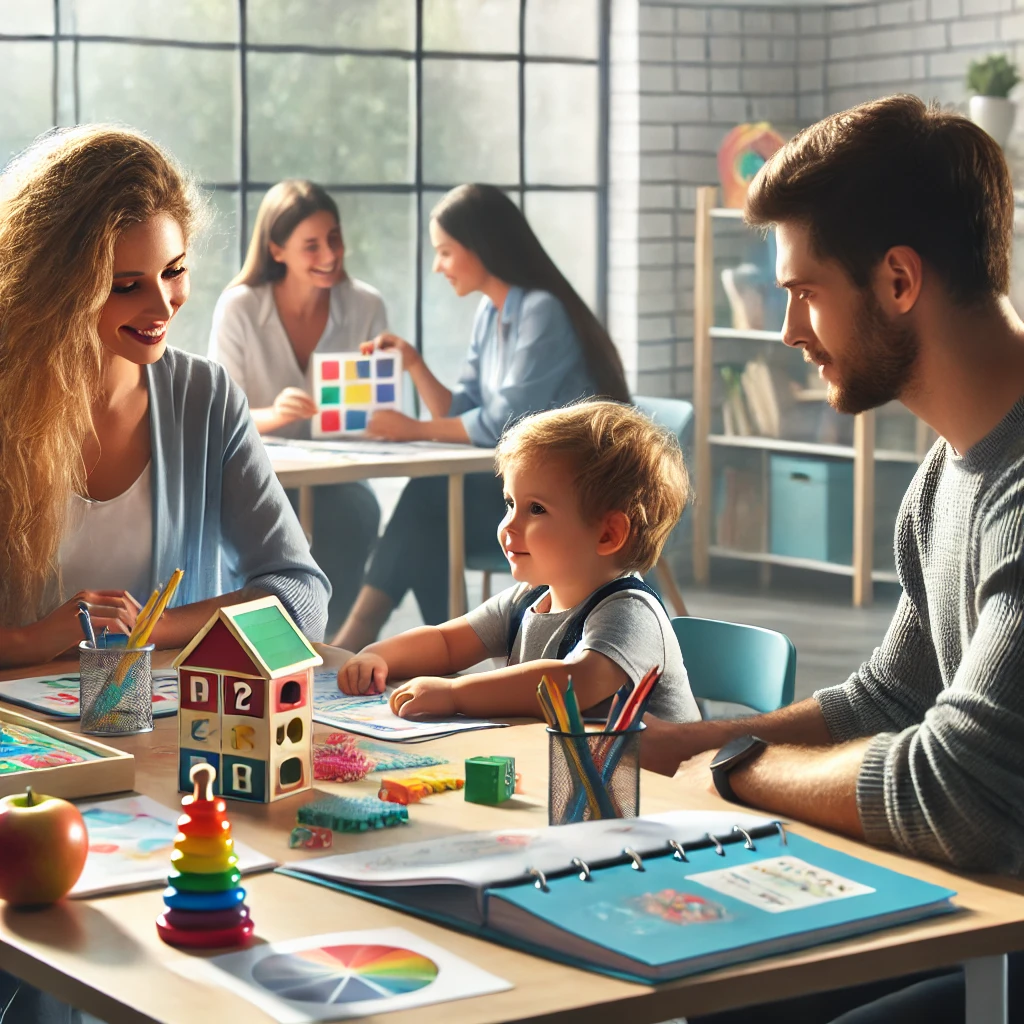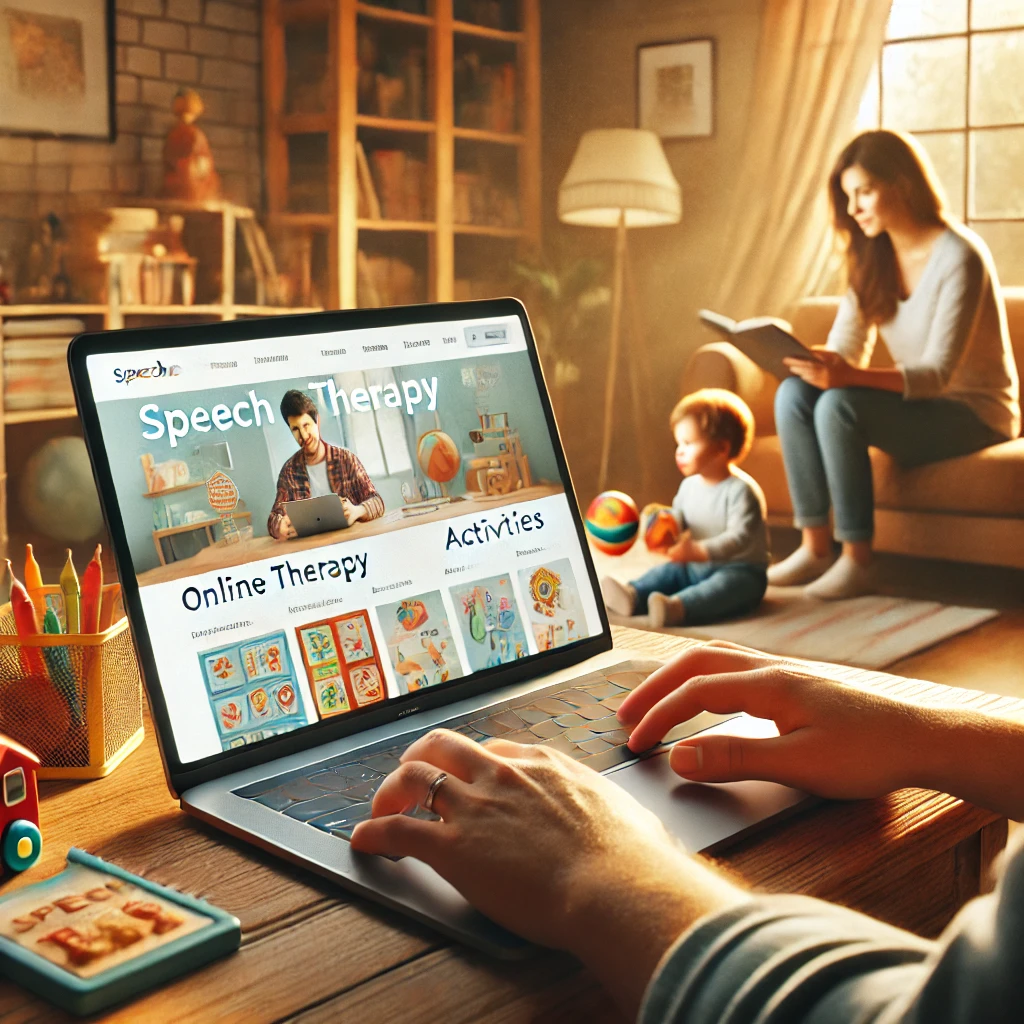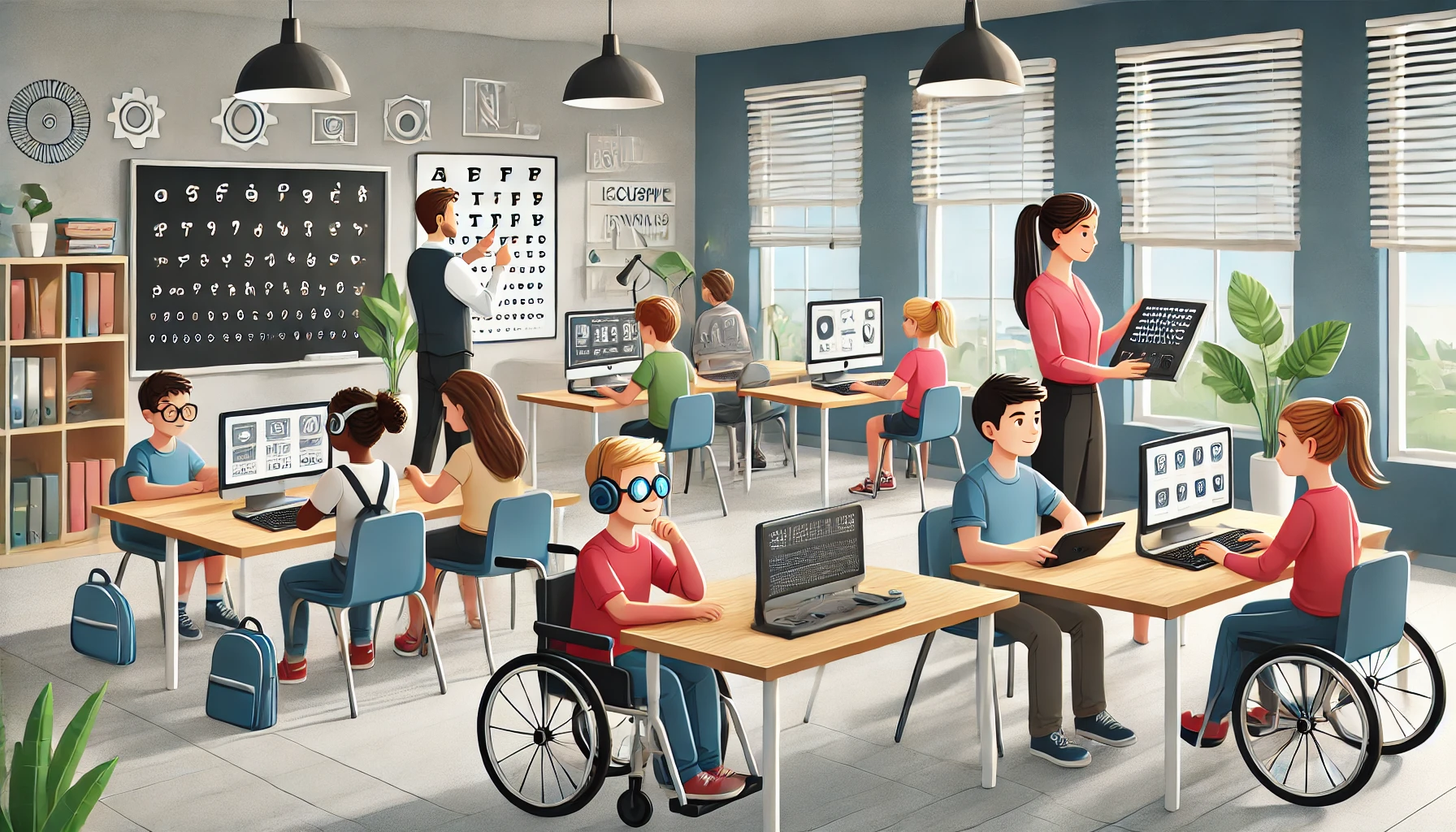Understanding Speech Delays
Trying to figure out speech delays requires you to understand what they really mean and the usual reasons why a child might have trouble learning to talk.
What Are Speech Delays?
Speech delays happen when a kid struggles to talk clearly or at all. They might find it hard to make certain sounds, put words together, or even form sentences. These challenges can range from minor hiccups to bigger roadblocks and can affect how a child communicates and interacts with others.
Parents, teachers, and caregivers need to spot the signs of speech delays early. When you catch them early, you can jump in with the right help and make a world of difference. Knowing what speech delays are all about can help people give kids the right kind of support on their quest to talk more effectively.
Common Causes of Speech Delays

Lots of things can slow down a child’s speech development, from genes to the world around them. Here’s what might be going on:
| Common Causes of Speech Delays |
|---|
| Developmental Delays: When kids don’t hit key milestones on time, these delays might ripple into their speech and language learning. |
| Hearing Impairments: If they can’t hear well, it’s tough for kids to catch and mimic the right sounds. |
| Neurological Conditions: Disorders like autism, ADHD, or intellectual challenges can interfere with speech growth. |
| Environmental Factors: A not-so-stimulating setting, or scarce exposure to a chatty environment, can stall speech. |
| Premature Birth: Being born early might mean a slower start for the brain areas handling speech and language. |
| Muscle Weakness: If the mouth muscles aren’t strong enough, kids might have trouble saying words clearly. |
| Bilingualism: Learning more than one language might slow speech a bit, as kids juggle two languages at once. |
Getting a grip on the causes of speech delays is key to crafting the best support plans for kids dealing with these issues. Spotting these delays and applying the right strategies early can really help children improve their communication skills. If you’re curious about more tips on helping children with speech delays, check out our article on early intervention strategies for speech delays.
Importance of Early Intervention
When we talk about helping kids with unique needs, catching stuff early is like having a magic wand, especially when it comes to speech hiccups. Spotting what’s up and jumping in with both feet can make all the difference on a child’s path to finding their voice. So, let’s have a chat about those early signs that something might be up with speech and why diving in headfirst really pays off.

Early Signs of Speech Delays
Catching these speech delay hints early is like grabbing a lifeboat before you hit the rough seas. Here’s what to keep an eye out for:
| Early Sign | What’s Going On |
|---|---|
| Limited Words in Armory | Struggling to pick up and use new words like a short-order cook |
| Mumbling Madness | Having a hard time making sounds and words come out clear |
| Chatting? Not So Much | Finding it tough to jump into the convo pool |
| Milestones Setbacks | Missing expected speech milestones like those slow walkers in a marathon |
If you’ve got a hunch these are happening with your kiddo, a sit-down with a speech expert could steer you towards the best ways to tackle it. More curious about different learning bumps in the road like dyslexia? Roll on over to our piece on understanding dyslexia- early signs and support strategies.
Benefits of Early Intervention
Jumping on speech delays early opens up a treasure trove of awesome perks. Here’s why it’s the bee’s knees:
| Benefit | What You Get Outta It |
|---|---|
| Talking Perfection | Showcases skills to voice thoughts, feelings, and wants like a pro |
| Making Friends 101 | Smooths out the road for hanging with friends, family, and teachers |
| Speedy Language Learner | Speeds up the sprint towards grabbing those language and chat skills |
| Boosted Ego and Bravery | Pumps up the self-belief to shout out feelings and thoughts |
Going the extra mile right from the start does more than boost speech; it sends ripples of confidence, social smoothness, and school smarts across the board. By valuing how early on we step in and which path to take, parents, caregivers, and teachers can make a cozy little speech-growth haven. For a closer peek into classroom ADHD puzzles, check out our piece on the comprehensive guide to ADHD management in the classroom.
Effective Intervention Strategies
1.Speech Therapy Techniques
When it comes to helping kids with speech delays, using the right tools makes a world of difference. Speech therapy techniques are a big part of this process, setting the stage for better talking and listening skills. They’re all about lending a hand to those needing a little extra help with communication. Here are a few time-tested methods:
| Technique | Description |
|---|---|
| Articulation Therapy | Helps with saying sounds right. Think of it as a workout for the tongue and lips, making each word crisp and clear. |
| Language Intervention | Aims at beefing up vocabulary, grammar, and understanding. It’s like storytelling, word games, and more, all rolled into one. |
| Oral Motor Therapy | Works on the muscles that make talking happen. Exercises to get those jaw and tongue muscles moving in sync. |
| Augmentative and Alternative Communication (AAC) | Uses handy tools like boards or gadgets to give a voice to those who can’t speak. Lets them share thoughts just as clearly. |
These techniques, woven into a child’s care, can make a huge impact, giving them the freedom to express themselves clearly and confidently. For a twist of fun in learning, check out our guide on fun speech therapy activities to do at home.
2.Communication Strategies at Home
Beyond the therapist’s office, communication at home can be a game-changer for speech growth. Being aware and active in your child’s language journey adds a strong support layer to any formal therapy. Here are a few pointers to bring speech skills back home:
- Create a Language-Rich Environment: Books, tunes, and playful gear are your allies. They’re all catalysts for sparking curiosity and chatter.
- Practice Turn-Taking: Chat up a storm with your kid. Take turns and show them how it’s done. It’s learning wrapped in a chat.
- Use Visual Supports: Visuals like picture cards set the stage and deepen understanding, turning seeing into believing—and understanding.
- Encourage Imitation: Encouraging your little one to repeat sounds and actions builds a strong foundation for talking and understanding what speech is all about.
These everyday strategies, when combined with professional guidance, build a nurturing space for speech development. Want more on how to communicate without words? Peek at our page on alternative communication methods for non-verbal children.
Building Language Skills
Kicking off a journey to sharpen language skills in kids with speech delays isn’t rocket science. It’s all about sparking their chatter and fueling their word bank. Let me give you the scoop on two fun ways to get started: chatting up a storm and turning playtime into learning time.
3.Encouraging Language Development
When we’re talking about jumpstarting language skills, it’s all about filling the air with words and making chit-chat irresistible. Here’s how to turn up the language-o-meter:
| Strategy | Description |
|---|---|
| Expand Vocabulary | Toss in new words every day with simple stuff like reading bedtime stories, naming things around you, and talking through your actions. Keep it fun with repeat games and make words stick by using them in everyday things. |
| Use Visual Aids | Whip out those flashy flashcards or colorful charts and let the pics do the talking to help words click in their mind. |
| Engage in Conversations | Dive into real talks, even if the kiddo’s giving you one-word answers. Ask them questions that make ’em think and wait, just wait, for them to chime in. |
| Narrate Daily Activities | Be their personal narrator as you go through your day, turning everyday stuff into storytime. Give them a chance to jump in and tell their side too. |
| Play with Sounds | Jazz things up with sound games—rhymes, sing-alongs, or imitate animals to get their ears in tune with sounds. |
To peek into more of my handy tricks and games for language-lovin’ kids, don’t miss my rundown of language development games for special needs children.
4.Incorporating Play-Based Learning
Play isn’t just for fun—it’s prime time for chit-chat and giggles that help words flow naturally for those speech-delayed champs. Here’s how you flip play into language boosters:
| Strategy | Description |
|---|---|
| Role-Playing | Cook up some pretend play where imaginations run wild, and watch how it gets the talking going with pretend turns and chats. |
| Pretend Play | With a dash of props—like toy kitchens or building blocks—set the scene where words come alive. |
| Storytelling | Gather ‘round for storytelling fun where kids spin their tales, act out plots, or line up events, using toys as puppets or picture books as guides. |
| Interactive Games | Wind up their talk skills with interactive goodies like charades or ‘Simon Says,’ which sneakily improve their word stash. |
| Art and Craft Activities | When painting or crafting, prompt them to chat about their masterpiece or follow some crafty cues. |
Rolling play into language adventures makes word-learning feel like a fun ride. For more ideas on making speech therapy feel like playtime at home, visit fun speech therapy activities to do at home.
Bringing language to life through conversation and play isn’t just effective—it’s a blast! Mix these little tweaks into everyday routines, and you’ll see word sprouts popping up like daisies, making communication a breeze for kids with speech delays. Parents, caregivers, and teachers can all join the fun, making speech growth not only possible but enjoyable, too.
5.Collaborating with Professionals
Addressing speech delays in kids means teaming up with the right folks to give them as much support and smart guidance as possible. Two key players in this game are speech therapists and the people spending time with your little one, like teachers and caregivers.

Working with Speech Therapists
Speech therapists, or speech-language pathologists, have a knack for figuring out what’s up with a child’s speech and language. If your kid is struggling to communicate, these pros are all about crafting a game plan that matches your child’s unique needs.
They dive deep, running the full diagnostic shuffle to get to the bottom of any speech hiccups and set up a plan matched to your child. With efforts like practicing sounds, games for building language skills, or even just cheering them on, speech therapists focus on getting your kid talking more comfortably.
Sessions come packed with playful activities, keeping kids excited while sneaking in all that important practice. Sessions can happen in an office, their school, or your living room. Sticking with the plan and following suggestions can make a world of difference as your child’s chatter blossoms.
Want to do some at-home practice? Check out our article on fun speech therapy activities to do at home for tips.
Involving Educators and Caregivers

Beyond the therapy room, kiddos with speech delays need support from teachers and caregivers. Educators, be they special ed teachers or other school folks, are key to creating a world where talking and understanding words happens more naturally.
When teachers get involved, they can slip speech goals right into everyday schoolwork. Classroom games can feel just like play while helping speech, and the support teachers give makes it easier for kids to jump into conversations at school.
And let’s not forget the home front! Parents and family are the backbone of this support team. They can echo what happens in therapy during everyday chats, and make sure practice doesn’t stop when school does.
By roping everyone in—teachers, parents, caregivers—you create a solid support crew. This means wherever your child goes, there’s someone helping them find their voice. It’s all about keeping the learning and fun coming from every direction, making sure they’re set up to shine.
For resources on how you can work with your kid’s teachers, have a look-see at our comprehensive guide to ADHD management in the classroom.
So, teaming up with speech therapists, teachers, and the folks closest to your child sets the stage for them to talk more, understand better, and just be themselves. Teamwork in all these areas is key to making sure kids with speech delays get everything they need to thrive.
6.Support and Resources
You’re in the thick of it, supporting a child with speech delays, and it’s crucial to tap into all the help you can get. Community programs, support groups, and online resources can be your lifeline here.
Community Programs and Support Groups
Jump into community programs and support groups. Why? ‘Cause there’s nothing like having a crew that truly gets it. These groups are filled with people who’ve walked in your shoes, faced similar hurdles with speech delays, and they’ve got advice and stories to share that can really make a difference. They often come with more than just a friendly ear—think workshops, therapy sessions, and fun events aimed at helping kids with speech delays. It’s not just about getting help either, it’s about feeling a part of something, squashing that lonely feeling that can hit when dealing with this stuff solo.
Utilising Online Resources

The Internet isn’t just cat pics and TikTok dances—it’s also a treasure chest of handy info for families dealing with speech delays. You’ll find websites, forums, blogs, and platforms all about speech therapy and language work. These aren’t just Theory 101, either. They’re packed with practical stuff you can do at home, from activities to improve speech to communication tips that actually work. Plus, online communities can be a goldmine, where you can connect with folks who’ve been down a similar path, or hear from pros who know their stuff.
Just a quick note—while the web is great, it can also be full of bunk advice. So, always check the source. Go for the sites tied to real-deal organizations or speech therapists who are backed up by science. Doing this means you’ll get the best info to support your child as they master communication.
Mixing and matching what’s available in community groups and online can build a robust shield to help tackle speech delays head-on. These resources aren’t just handy; they’re empowering, ensuring your child gets what they need to conquer speech and language hurdles like a champ.






